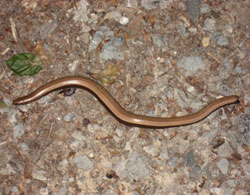Biodiversity Supplement
A biodiversity study is under way at The Wakes and although initiated there it will cover the village area. We hope to be able to incorporate a summary of the relevant findings in due course. To be completed.
Several references in the text describe current efforts being made by the various stakeholders to help restore elements of biodiversity through more thoughtful land management and particularly the creation of wildlife corridors: we thank the National Trust and various landowners that are making this possible. Wild, unimproved meadowland is being harvested and distributed to give a wider spread and restore field areas that have previously been intensively farmed. This distribution will be followed up with natural grazing of sheep and cattle, and the cycle will be repeated over the coming years. In addition there are efforts in place to reduce the frequency of hedge cutting, to use more hedge laying and to reduce flailing, to make the hedgerows more friendly places to be. It is a fact that two rare species of butterfly, The Brown Hairstreak and the Duke of Burgundy used to have large colonies on Selborne Common. Now there are very few Brown Hairstreaks and no Dukes of Burgundy at all due to the change in use of the Common. The aim is to restore the population of the Brown Hairstreak by cultivating the special plants they need for breeding, continued reversion to cattle grazing and to re-introduce, if possible the Duke of Burgundy by the creation of a corridor from Noar Hill where they still survive. The corridor is also seen as an aid to boosting the numbers of bird species that have been in decline locally, such as the Yellowhammer.
For the definitive study of the flora please refer to “The Flora of Hampshire” by Anne Brewis, Paul Bowman and Francis Rose. See the Bibliography in Appendix III.

A collection of photographs was made during the surveys, and they can be found in the Photo Library under Flora & Fauna. They await annotation.

